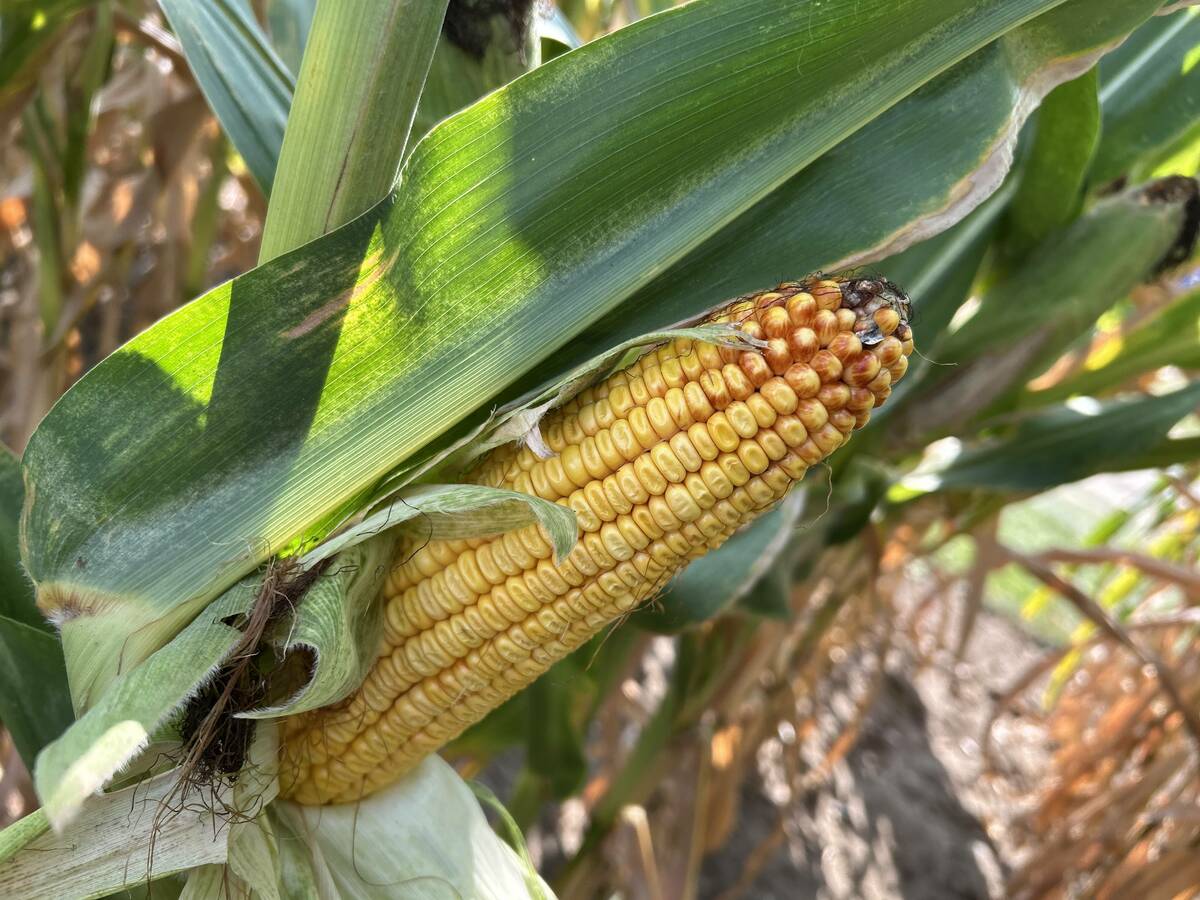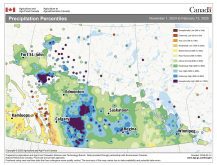More acres and an average crop may pose a threat to high prices, but the potential for delayed seeding remains a danger
Things have been looking good for oats — maybe too good.
Old crop specials are still bringing farmers high prices and new crop prices are still great compared to longer-term averages.
However, the crop’s price potential for both old and new crop may be limited, analysts say.
“The soil moisture base in some of the primary oat-growing areas on the eastern side of Saskatchewan and western Manitoba looks pretty good,” said Mike Jubinville of MarketsFarm.
“If you get anything near average yield, boy… those prices go away.”Statistics Canada reports that farmers intend to plant nearly four million acres this spring, which would be the biggest crop in a decade.
Read Also

Crop estimates show mixed results
Model-based estimates used by Statistics Canada showed the 2025/26 crop year has seen increases in canola, corn for grain, oats and lentils production while seeing dips in spring wheat, durum wheat, soybeans and barley in comparison to 2024/25.
That healthy acreage likely comes from the low cost of growing the crop and very high prices during the winter, often in the $7.50 to $9 per bushel range, plus new crop offers of more than $6 per bu.
Statistics Canada’s 2021-22 carryout shows a tight situation, but a good 2022-23 crop would take off a lot of the pressure, Jubinville said. That’s why he thinks forward sales now make sense.
“I’m more forward-priced on oats than any other commodity,” said Jubinville.
“Those areas (with good moisture) have the prospect of getting us back to a better supply and demand balance.”
Wild Oats Grain Market Advisory publisher John Duvenaud sees a risk to oat acreage if seeding is too delayed, which would add a bullish factor for both old and new crop prices, despite the bigger projected acreage today. Farmers might back away from the crop if they can’t get it seeded in good time.
“Maybe some crops can still produce when seeded in June, but oats isn’t one of them,” he said in the April 26 edition.
“Late-seeded oats can be a disaster.”
He has recommended to his readers that they hold onto their last old crop oats for a possible rally and isn’t encouraging new crop sales yet.
“The bloom is probably off the rose for the great 2021-22 oat marketing year, but let’s just let the smoke clear before we add to sales,” said Duvenaud.
Farmers can still occasionally find extremely high-priced specials in the cash market. A few were made recently for more than $10 per bu., but those are just for oats the buyer needs immediately and has already made sales for. Commercial buyers aren’t generally buying old crop oats unless they have already made sales for that grain. That leaves little room today for old crop sales.
“Most end users are covered and elevators are not buying on spec,” said Duvenaud.
Although projected oat acreage for the United States is little changed from last year, some of the acres have moved out of the southern states and into the northern grain states.
Jubinville said that could add to available stocks since farmers in northern states generally grow oats for sale, while southern farmers often keep them for feed.
Jubinville encouraged farmers to consider new crop sales, even if they are a couple of dollars per bushel less than during periods this past winter.
“It wasn’t long ago we were looking at sub-$3 (per bu.) oats,” he noted.
“$6-plus? That’s a bonanza if you get any sort of decent crop.”
















